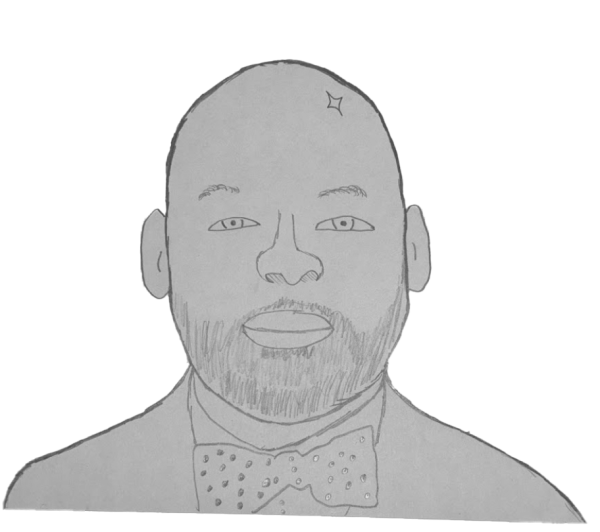Ethnic Studies: Coming To A Classroom Near You
How a team of teachers are bringing Ethnic Studies into more subjects.
This year, a team of educators at Garfield High School is organizing the Ethnic Studies Professional Learning Community (PLC), which aims to incorporate Ethnic Studies and anti-racist education into the curriculums of more classes. Garfield’s one-semester Ethnic Studies class delves into issues of oppression, master narratives, and the experiences and contributions of people of color, which are often overlooked and underrepresented in other courses. The Ethnic Studies PLC is working to help teachers bring Ethnic Studies topics into their classes through monthly meetings, where they can discuss their progress, get advice from each other teachers, and talk about books and articles that relate to Ethnic Studies and racism in society.
With the Ethnic Studies PLC, teachers are finding ways to bring Ethnic Studies topics into subjects that have excluded them in the past. For the first time this year, Garfield is offering an Ethnic Studies math class, which applies themes of identity, oppression, and resistance to mathematical content. French teachers Mme. Lidgard and Mme. Fernandez are working together to bring Ethnic Studies into their classes, by teaching lessons on topics such as the history of Haiti from a non-eurocentric lens, the Black Lives Matter Movement in France, and intersectional French vocabulary.
“We hope that it will help students see themselves in the francophone world and feel empowered to fight for the change of the things that they don’t like in society,” Lidgard said.
Lidgard and Fernandez say that they must continue working to educate themselves on how to thoughtfully teach Ethnic Studies.
“We still need to do the research and the work so that we’re informed and ready to teach in this way since it is so different from how we were taught and how we were taught to teach,” Lidgard said.
There are pros and cons to having Ethnic Studies be a stand-alone course rather than a part of every class.
Mr. Wray, who teaches the Ethnic Studies course, says he believes that ideally, every class would thoroughly incorporate ethnic studies into their curriculum, but doesn’t think that’s realistic at this moment. He worries many classes’ content would fall back into master-narratives, which only show stories from a dominantly white and one-sided point of view.
“I believe the first step is stand-alone Ethnic Studies courses that allow for more in-depth, centralized focuses on Ethnic Studies content and not have it seen as seasoning that you can just sprinkle into a class here or there,” said Wray.
On the other hand, there are also challenges with having Ethnic Studies be a stand-alone class. Wray says that with Ethnic Studies as its own class, its content is still made secondary to other curriculums.
“In a stand-alone Ethnic Studies class, you get what you get and there’s no in-between,” Wray said. “The challenge with having them be stand-alone classes is that some people still see that as not being enough and that it’s still kind of pushing content to the sides while the main master narrative classes still exist.”
While Garfield still has a long way to go before Ethnic Studies can be represented in every class, the Ethnic Studies PLC is starting conversations about the importance of Ethnic Studies topics across subjects, and how teachers can bring these topics into their classrooms in a meaningful way. Teachers can contact Mr. Hagopian to get involved with the Ethnic Studies PLC.






BLM • Dec 16, 2020 at 2:27 PM
Maybe this is a stupid idea. Perhaps the journalist should consider whether making everything about race is really rational or just a ridiculous degradation of educational standards. This is actually quite racist because I am quite sure at Lakeside they are not sabotaging their own kids educations for the sake of PC stupidity.